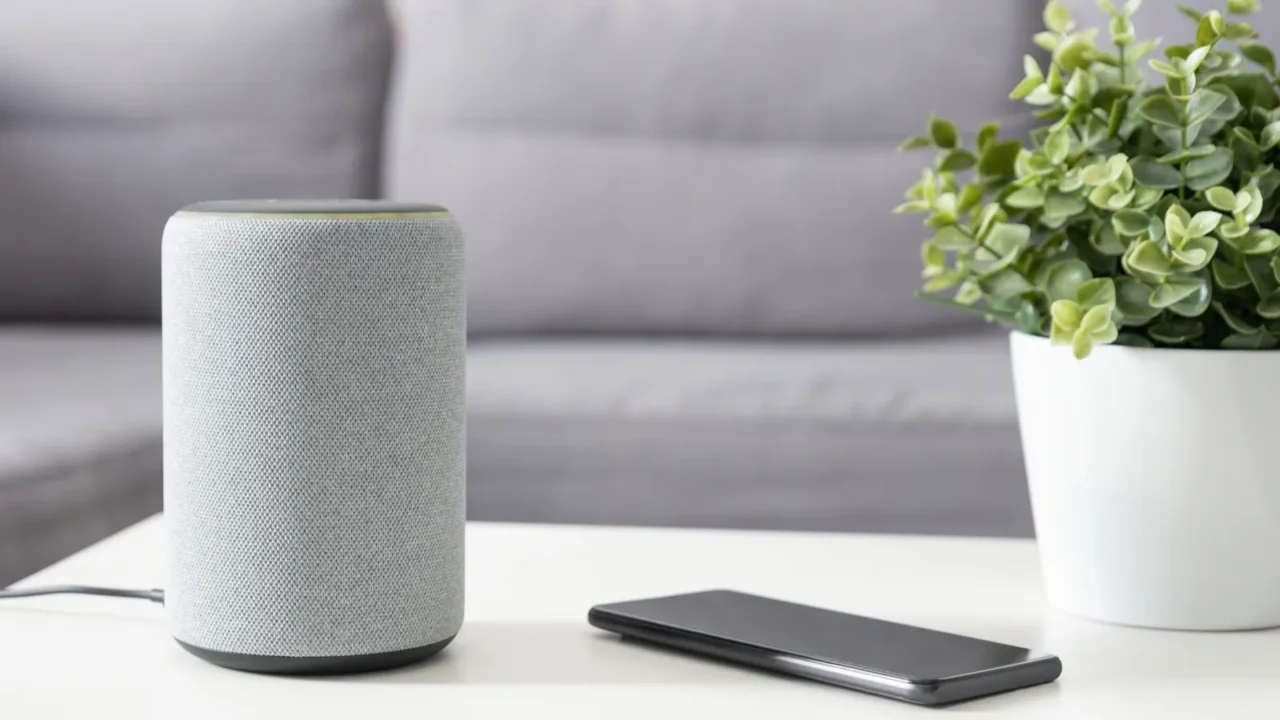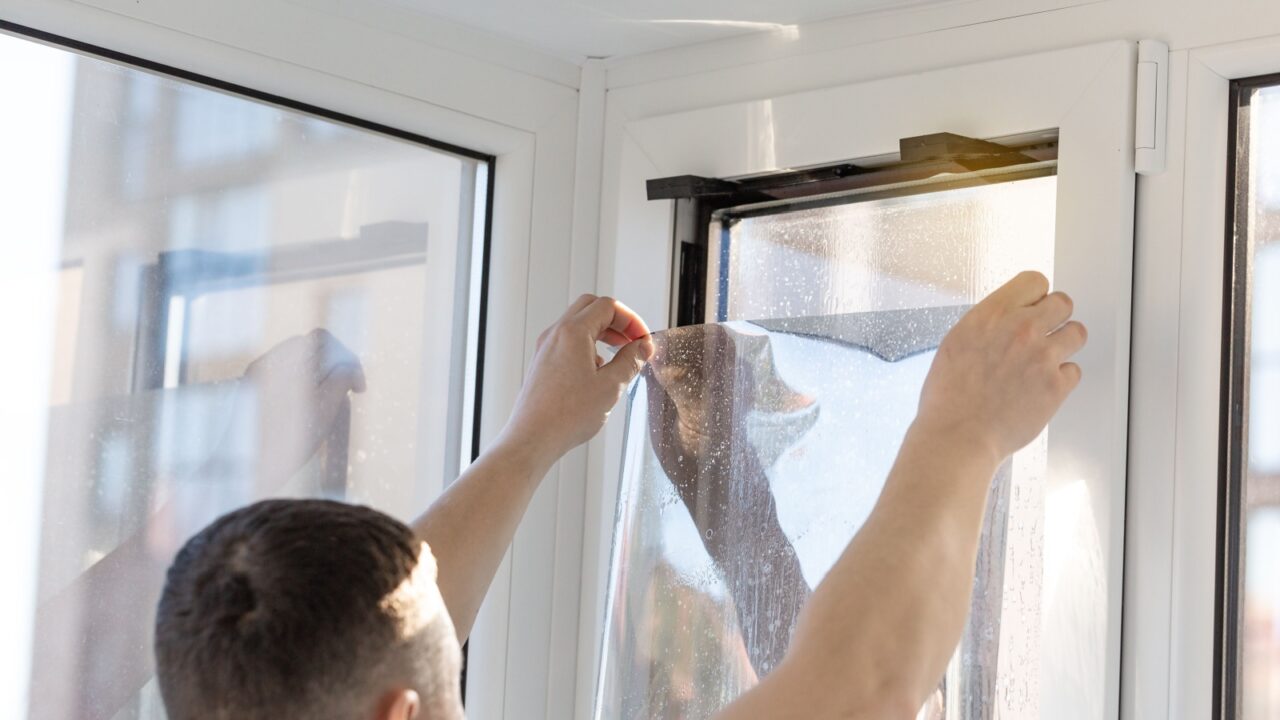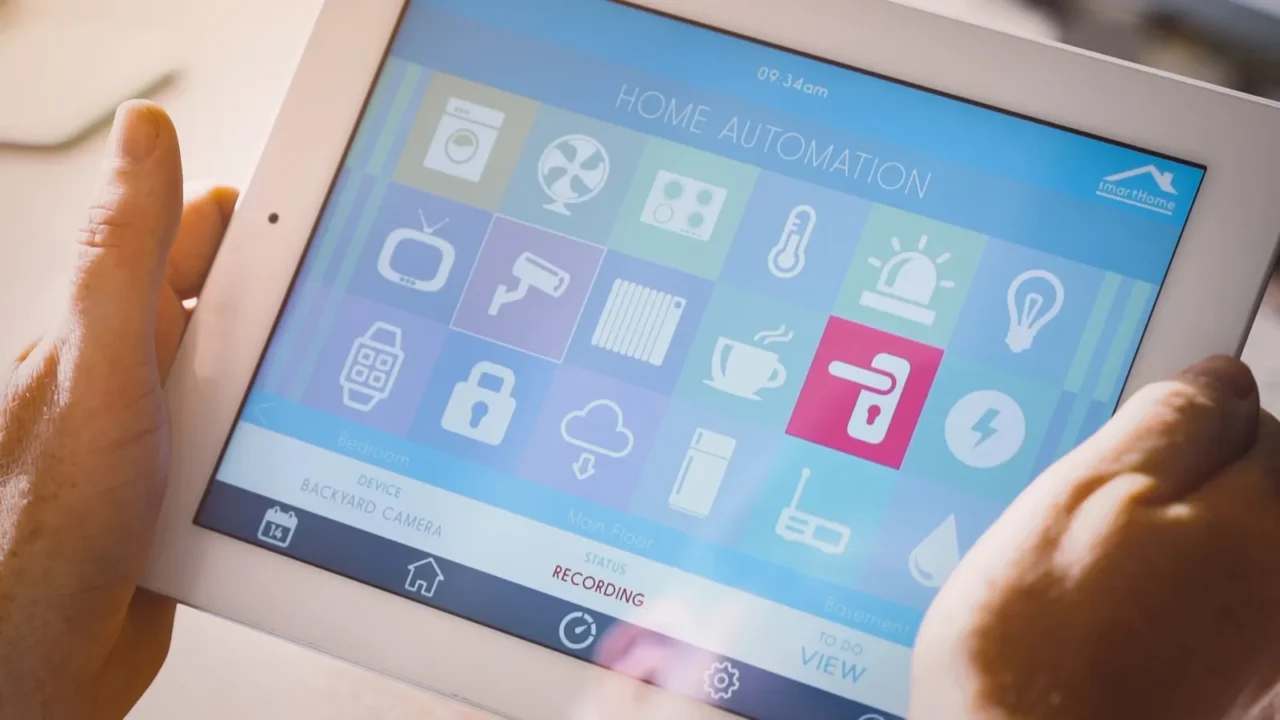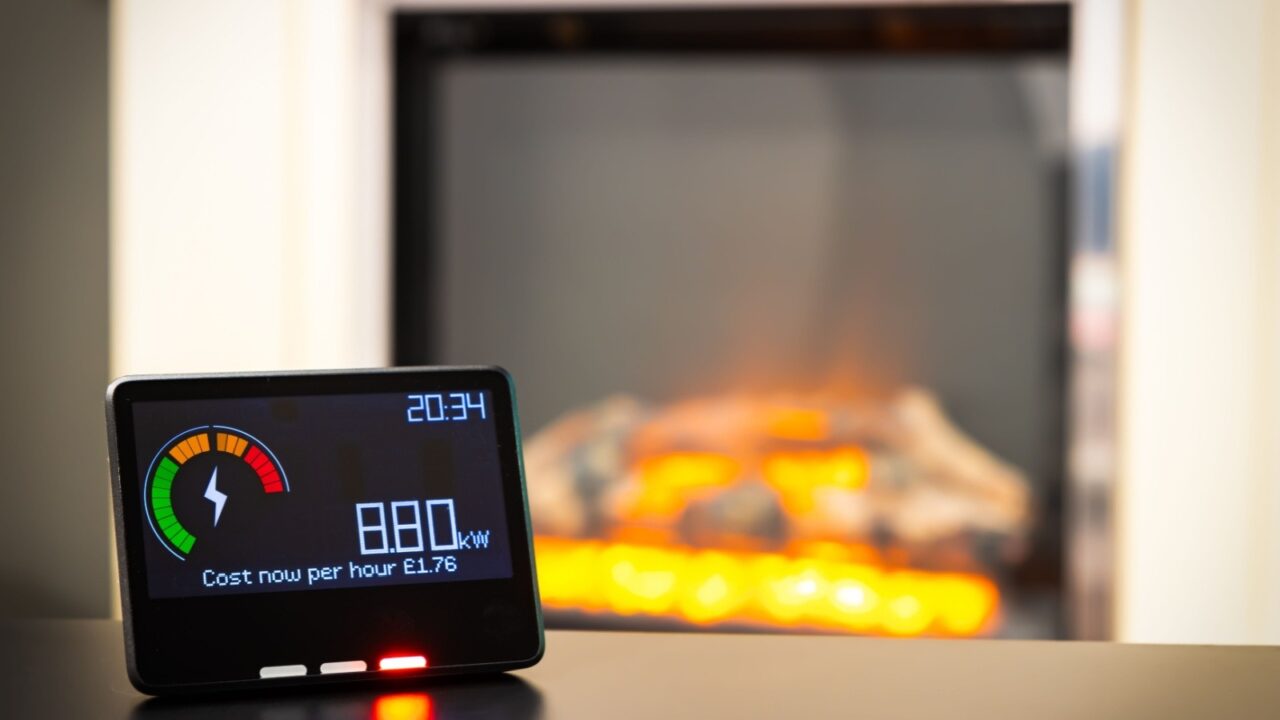Learn easy and practical ways to protect your smart home devices during winter, ensuring they run smoothly and stay safe despite freezing temperatures.

Winter-Proof Your Tech
Cold weather can wreak havoc on your smart home devices. Freezing temperatures, moisture, and power hiccups make winter a real challenge.
But don’t worry, there are simple ways to keep your gadgets working smoothly all season long. Swipe through to discover how to protect your smart tech from winter’s icy grip and avoid any tech-freezing disasters.

Protect Outdoor Cameras
Smart cameras hate cold and moisture, so give them some winter TLC. Use waterproof casings and position them under eaves to shield against snow and rain.
If temperatures drop too low, check for models with built-in heaters to prevent lens fogging. This keeps your security strong, ensuring Jack Frost doesn’t sneak past unnoticed.

Keep Smart Locks Working
Frozen locks are no fun, especially when they’re “smart.” To prevent malfunctions, regularly lubricate the lock mechanism with weather-proof spray.
For battery-powered smart locks, switch to lithium batteries – they handle the cold better than standard ones. Pro tip: Keep a physical key handy, just in case the frost decides to play tricks.

Insulate Smart Thermostats
Your smart thermostat can overcompensate when exposed to extreme cold. Prevent this by insulating the surrounding wall and sealing any drafts nearby.
Make sure your thermostat is in a well-regulated spot, far from windows or doors. This keeps it reading temperatures accurately, so your heating system doesn’t waste energy while trying to keep you cozy.

Avoid Frozen Sensors
Temperature and motion sensors can fail in the cold, leaving your smart home blind. Use insulated covers or reposition sensors to slightly warmer areas.
For outdoor sensors, pick weather-resistant models with a higher temperature tolerance. No one wants their motion sensors malfunctioning – especially when they’re expecting guests or deliveries in winter weather.

Safeguard Smart Doorbells
Cold weather can zap smart doorbell batteries faster than expected. Upgrade to lithium batteries for better winter performance, and check for low-battery alerts regularly.
If snow piles up, clear the lens to keep visuals sharp. For hardwired doorbells, inspect connections to prevent freezing damage. This way, your deliveries, and visitors stay on your radar – no winter surprises.

Protect Wi-Fi Connectivity
Harsh weather can impact your internet connection, causing smart devices to lag or disconnect. Place your router in a central, warm spot and keep outdoor extenders shielded from snow.
For critical devices, consider a Wi-Fi backup or mesh network to reduce disruptions. No one wants to lose their smart home’s brain just because of a snowstorm.

Battery Backup for Outages
Winter storms often mean power outages, which can leave your smart home powerless. Use uninterruptible power supplies (UPS) for essential devices like smart hubs, cameras, and thermostats.
These backups keep devices running until power returns. Bonus: A battery backup also prevents devices from resetting, saving you the hassle of reconfiguring them after an outage.

Protect Smart Speakers
Smart speakers might be cozy indoors, but they can still suffer from winter risks like humidity and drafts. Move them away from cold windows or heating vents to avoid condensation.
For outdoor smart speakers, bring them inside or cover them securely. Keeping your speakers safe ensures your holiday playlists don’t freeze up mid-carol.

Shield Outdoor Plugs
Outdoor smart plugs face a real beating in the winter. Use weatherproof covers to protect them from snow, ice, and freezing rain. Ensure cords are elevated to avoid moisture buildup and check for damage regularly.
For safety, unplug nonessential devices during heavy storms. A little protection goes a long way in keeping your plugs functional and frost-free.

Insulate Smart Garage Doors
Smart garage door systems can struggle in freezing temps, especially if motors or sensors ice up. Add insulation to the garage door to stabilize temperatures and prevent cold air from affecting the mechanism.
Lubricate moving parts with winter-grade grease to keep things smooth. A well-protected garage ensures you won’t be stuck outside on snowy mornings.

Protect Smart Irrigation Systems
Frozen pipes are a nightmare for outdoor smart irrigation systems. Winterize your setup by draining water lines, shutting off valves, and storing controllers indoors.
For warmer climates, switch to a “freeze detection” mode if your system supports it. Protecting irrigation devices ensures you’ll be ready for greener days when spring rolls back around.

Winterize Smart Windows
Smart windows can misread conditions in extreme cold. Apply insulated window films to maintain warmth and reduce condensation. Check motorized window sensors for ice buildup and clear tracks regularly to avoid jams.
Bonus tip: Set timers for windows to stay closed during chilly nights. Winter-proofing your windows keeps the warmth inside and your smart system running smoothly.

Test Smart Smoke Detectors
Winter means heaters, fireplaces, and a greater fire risk, so smart smoke detectors are more important than ever. Test them regularly and replace batteries for reliable operation.
Keep detectors clear of dust and condensation that can trigger false alarms. A functioning system ensures you’re alerted in real-time, giving you peace of mind during those cozy winter evenings.

Prevent Hub Freezes
Your smart hub is the command center for all your devices, so it’s extra vulnerable in winter. Keep it in a dry, room-temperature space and away from drafts or cold windows.
Hubs exposed to freezing temps might lose connection or reboot unexpectedly. Treat it like the VIP it is – without it, your smart home isn’t so smart anymore.
Want more ways to keep your smart home running smoothly in the new year? Check out Smart Home Hacks for a Productive New Year for tips to optimize your devices.

Monitor Energy Consumption
Winter’s energy demands are higher, so smart devices can help you track and reduce usage. Use smart plugs and meters to monitor power-hungry gadgets like heaters and electric fireplaces.
Set energy-saving schedules through your app to avoid unnecessary use. Staying mindful of consumption keeps your home warm, your devices protected, and your bills from spiraling out of control.
Looking for more ways to save? Explore 15 Smart Ways to Save on Holiday Energy Cost for practical tips to keep energy expenses in check this season.
Read Next:
Why Your Smart Lighting Might Raise Energy Cost
Why Setting Up a Smart Home Can Go Wrong Quickly